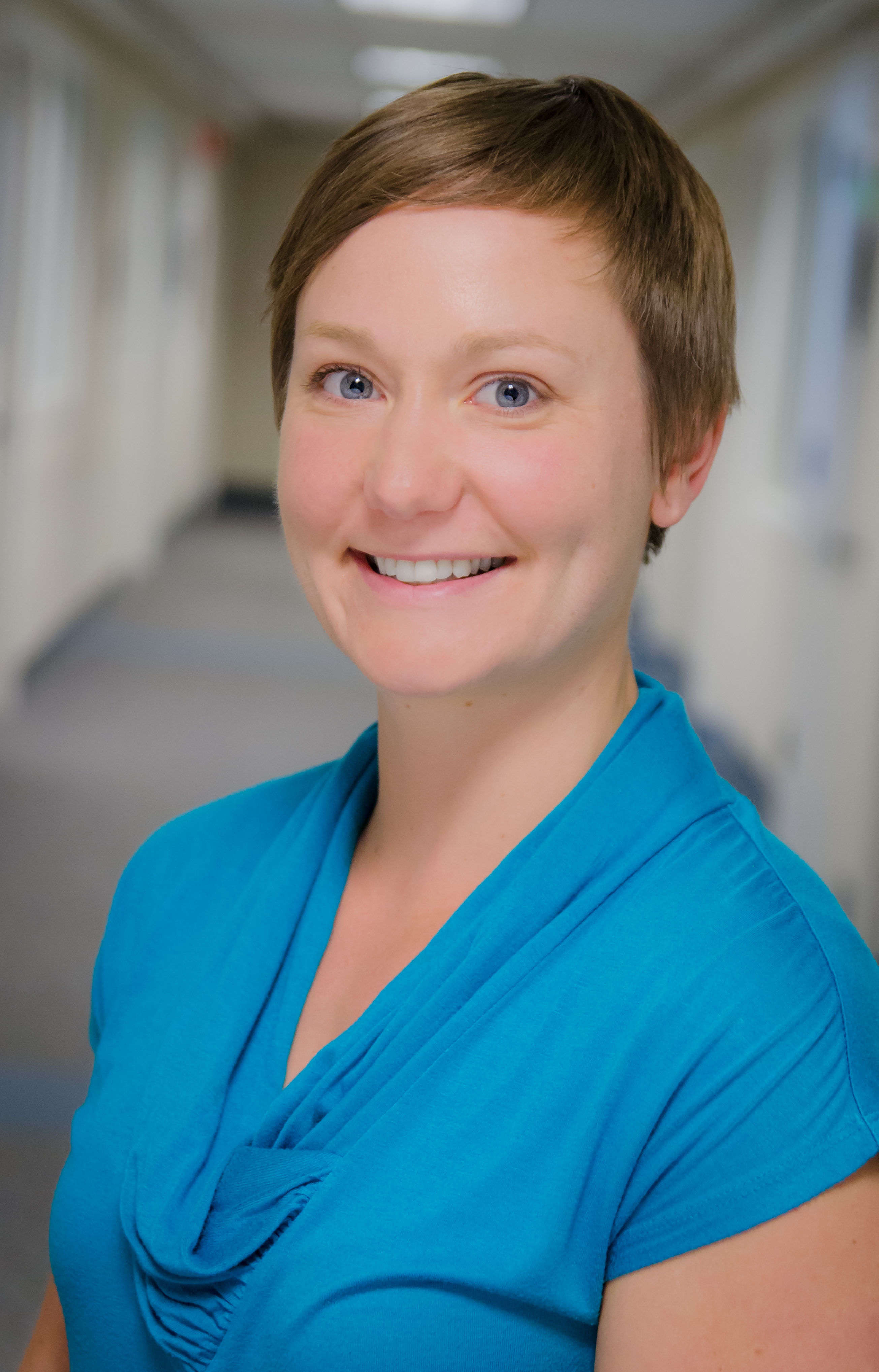|
Conor R. Caffrey, PhD For as many as two billion of the world’s poorest people, worm infections are an insidious fact of life. Worms contribute to malaise and malnutrition, and rob children of their full cognitive and physical potential resulting in years of lost health and productivity. It’s remarkable, therefore, that we still rely on a handful of decades-old drugs to treat these infections. These drugs often don’t cure and there is real concern regarding, and anecdotal evidence for, the development of resistance. We need to find new more effective drugs. Focusing on hookworm infection, we’ve shown that proteolytic enzymes in the gut of this nematode parasite are valid molecular targets for chemical intervention. We will use the UCSF RAP pilot award to ‘re-purpose’ a series of protease inhibitors that were originally developed by pharmaceutical industry to treat ‘first world’ chronic disease conditions. The RAP award allows for the first time in decades a program of drug discovery dedicated to curing hookworm infection. |
||
|
Bertil E. Damato, MD, PhD Laura B. Dunn, MD Our RAP award, entitled “Patient-Reported Outcomes after Treatment of Eye Cancer,” will enable us to implement a cloud-based system for evaluating important patient-reported outcomes (including physical symptoms, psychological symptoms, and quality of life) after treatment of ocular malignancies. Such malignancies include uveal melanoma, conjunctival melanoma and retinoblastoma. These can cause visual handicap, loss of one or both eyes, facial disfigurement, and early death. Approximately 50% of all uveal melanomas have a mutation of chromosome 3, and the detection of this mutation by biopsy predicts almost certain death from liver metastases. Retinoblastomas arise in infancy as a result of a somatic or germinal mutation, the latter causing multiple highly-aggressive tumors in both eyes, as well as cancers in the brain, bones, and other organs months or decades later. Ocular treatment consists of various forms and combinations of surgical excision, radiotherapy, chemotherapy, phototherapy and cryotherapy. Such therapy is aimed not only at prolonging life but also at conserving a comfortable eye with useful vision, in the hope of maintaining quality of life. We will develop a research database using VisionTree, which will enable patients to report their own symptoms and feelings using their smartphone, tablet or computer. The system will also automatically retrieve objective baseline and outcomes data from ApeX. This project will enhance our understanding of critical outcomes after treatment of eye cancer, as well as reveal important or unmet needs related to physical, psychological, and social functioning among patients treated for eye cancer. This study will also provide the feasibility and pilot data that will form the basis of an NIH grant application to undertake multicenter and multinational studies comparing outcomes after rival treatments and in different centers. |
||
|
Peder Larson, PhD Hyperpolarized carbon-13 magnetic resonance imaging (MRI) is an extremely promising new metabolic imaging modality that is non-invasive and uses no harmful radiation. This modality is currently being translating into clinical studies, and has promising applications to assess the metabolic profile of brain tumors, prostate cancer, liver cancer, heart failure, ischemic heart disease, renal tumors, renal failure, arthritis, and diabetes. The major challenge in these studies is that the signal of the hyperpolarized carbon-13 metabolic contrast agents decays relatively rapidly, necessitating rapid calibrations and image acquisitions with reproducible timings within 1 minute following injection. The RAP Shared Instrument Award will enable us to address this using a real-time MRI system interface in which acquisition, monitoring, feedback, corrections and reconstructions are done accurately within this short window. My group will develop new real-time imaging methods on this system to provide robust measurements of metabolic activity, independent of failure modes that often occur in clinical settings, making the widespread translation of hyperpolarized carbon-13 MRI to human studies feasible. |
||
|
Xuhui Liu, MD Heterotopic ossification (HO), the abnormal deposition of mature, lamellar bone in non-osseous tissues, especially in skeletal muscle is seen in 20-30% of spinal cord injury (SCI) patients. HO significantly impairs SCI patients’ rehabilitation. The mechanism of SCI-induced HO is poorly understood. Thus, there is no effective prevention or treatment for this disorder. This RAP ward will allow me to study the function of complement system, especially C1q in the development of HO after SCI. Novel information gained from this study will fill the gap of our understanding of role of complement system in HO after central nerve system injury. Thus, successful accomplishment of this proposal will lay down a solid foundation for my future application for a NIH R01 or equivalent extramural grant to develop novel prevention and treatment for SCI-induced HO. |
||
|
Monica R. McLemore, RN, MPH, PhD This RAP funding will allow me to conduct a study entitled, AB2348, AB980 & AB154: Determining the capacity of the California nursing workforce to fully implement recent legislation to expand access to primary and secondary prevention of unintended pregnancy. This study is part of a larger body of work attempting to understand the readiness of the California nursing workforce to fully implement primary and secondary prevention of unintended pregnancy in accordance with recent state legislative changes and the Affordable Care Act. In 2012 and 2013, California enacted legislation (AB2348, AB980 and AB154) expanding the legal authority of nurses to provide unintended pregnancy care. AB2348, signed into law in 2012, granted nurses the authority, under standardized procedures, to initiate and provide women with hormonal contraception without a clinician visit for up to three years. Enacted in 2013, AB980 and AB154 removed infrastructural barriers to the provision of abortion care. These laws went into effect without a comprehensive assessment of the preparedness of institutions or their affiliated workforce to provide these preventive services. Our study seeks to conduct a statewide survey to 1) characterize the current capacity of California’s nursing workforce to implement the provisions of the new laws and 2) describe current unintended pregnancy prevention practices utilized by California’s nurses. |
||
|
Erin Van Blarigan, ScD Over one million men and women currently live with colorectal cancer (CRC) in the United States (US). These survivors reflect improvements in the diagnosis and treatment of the disease, yet CRC remains the second leading cause of cancer death in the US. It is hoped that better diagnostics and targeted therapies will improve outcomes in the future, but given the uncertainty and long timeline of these advances, there is a need to maximize our approach for these patients now, ideally with low risk interventions that empower patients. Physical activity after diagnosis improves colorectal cancer-specific survival. Low cost, tailored interventions that can be broadly implemented to increase physical activity have the potential to improve the survival and quality-of-life of CRC survivors. The overarching goal of this proposal is to develop and pilot a mobile technology physical activity intervention among CRC survivors that, if successful, could be translated into a large-scale intervention for CRC survivors in a variety of settings. My long-term career goal is to improve outcomes in cancer patients by incorporating patient-centered lifestyle interventions in survivorship care. This proposal will provide me with training in CRC survivorship research and the conduct of randomized controlled trials with lifestyle interventions. The results of this pilot study will provide preliminary data to secure funding to conduct large-scale patient-centered lifestyle interventions in cancer survivors, enabling us to move from observational studies to definitive trials, the results of which will inform clinical practice and policy. |
Quicklinks
Grant Deadlines
FALL 2025 CYCLE
Call Opens:Thurs. August 28, 2025
Deadline: Mon. September 29, 2025
(2:00 pm PST)
Funding Results: available before end of December, 2025
SPRING 2025 CYCLE
Call Opens:Thurs. January 30, 2025
Deadline: Mon. March 3, 2025
(2:00 pm PST)
Funding Results: available before end of May, 2025
TWO CYCLES PER YEAR
SPRING Deadline: February/March
FALL Deadline: September/October





